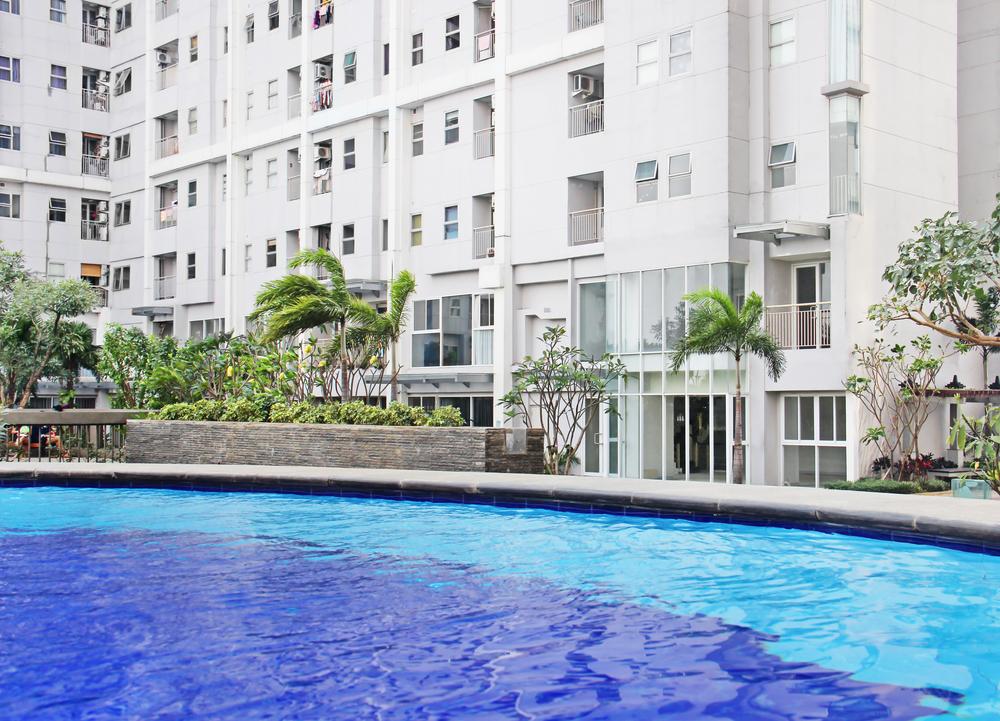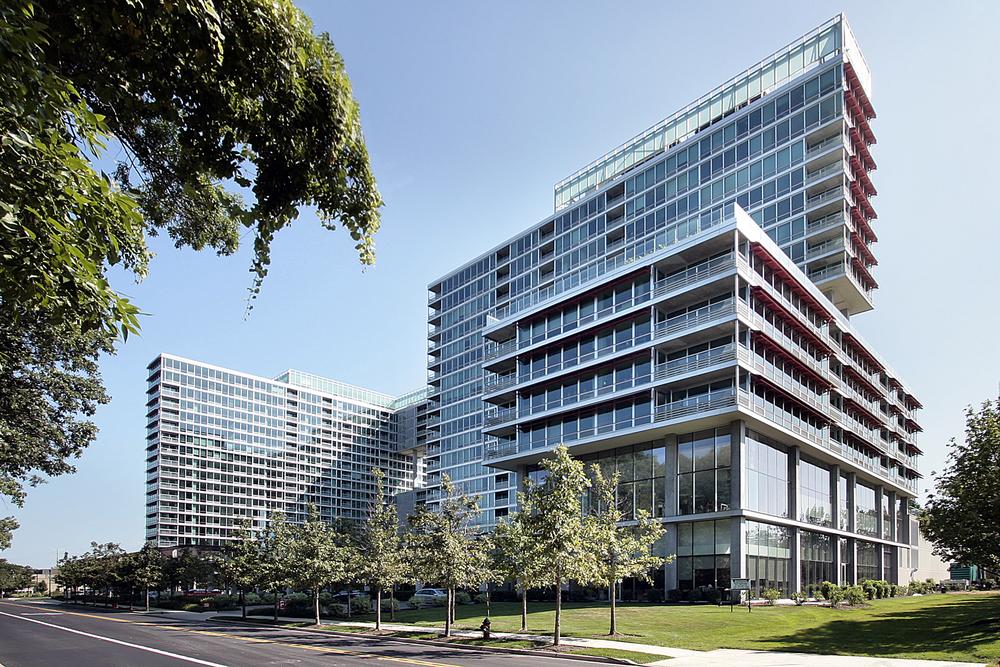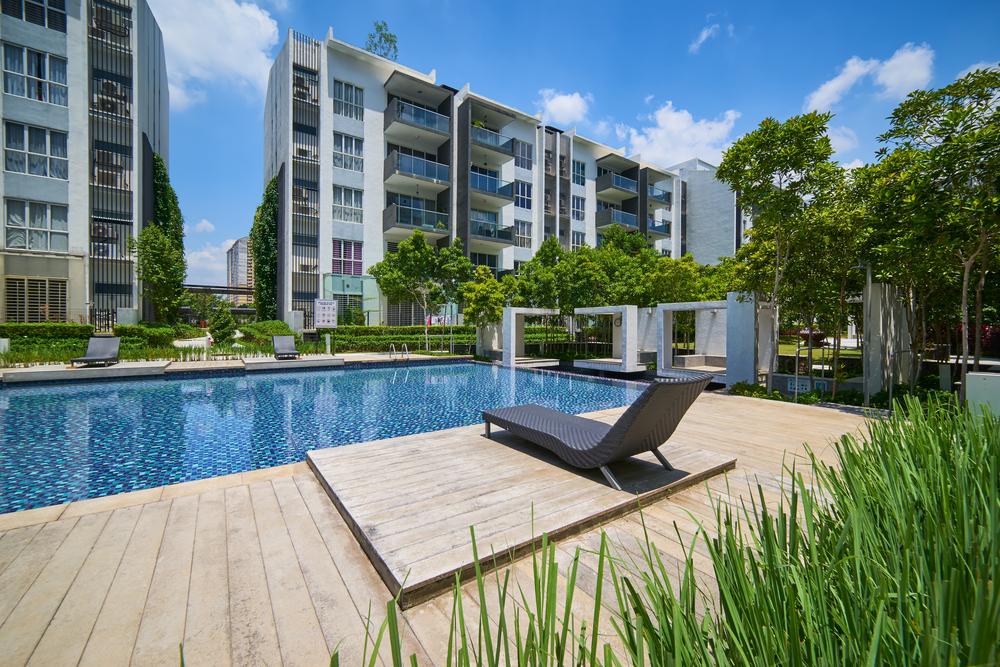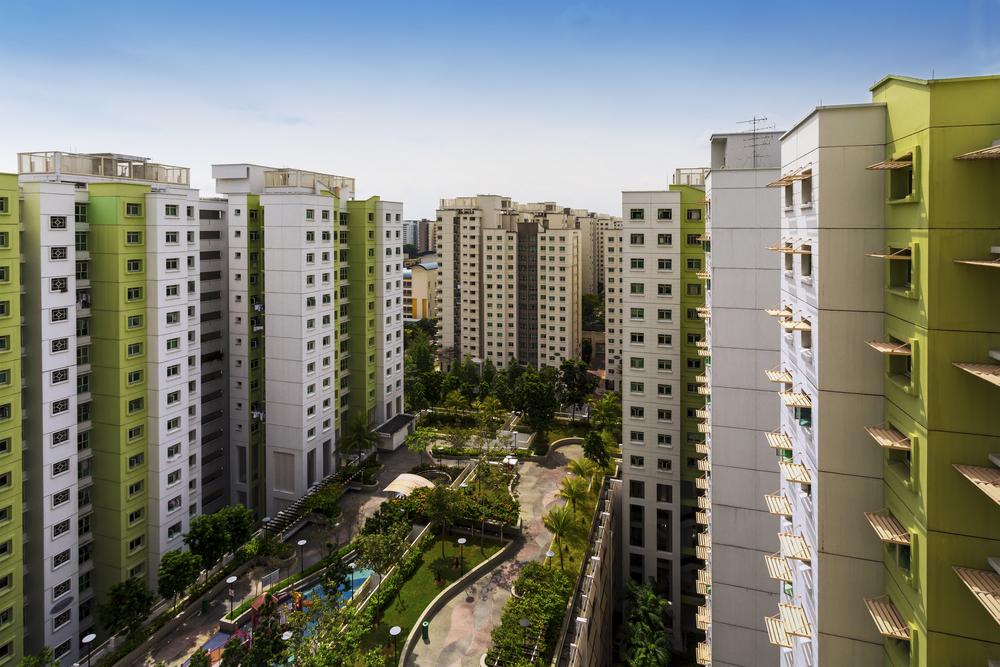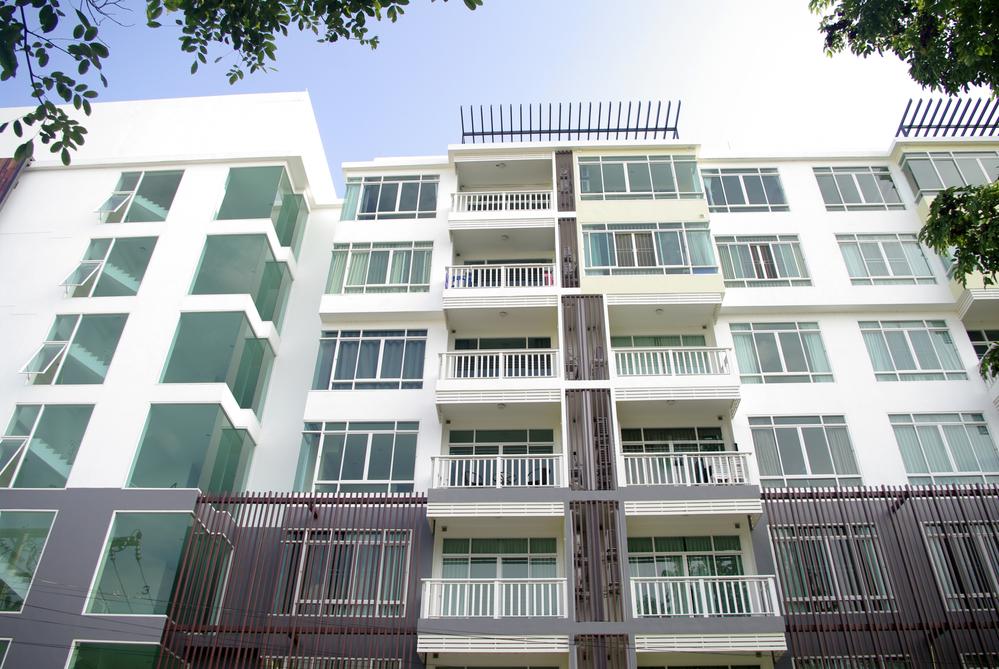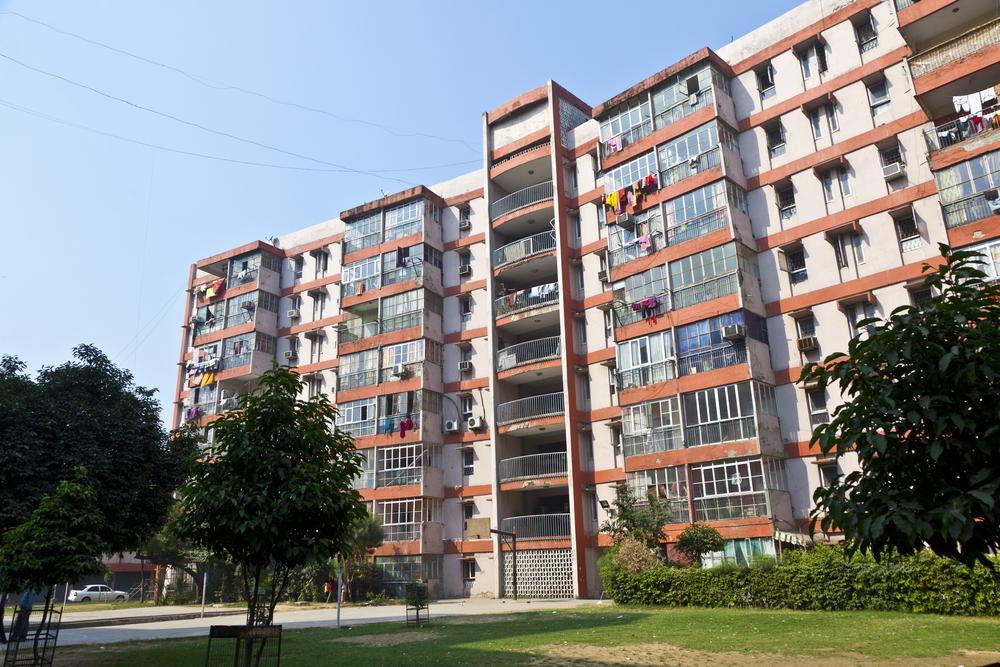Read this post: The Great Room opens its first co-working location in Sydney

Tourists are returning to Singapore’s Chinatown and are mingling in the shops on Trengganu Street, Temple Street, Pagoda Street, Smith Street and Sago Street. The streets are connected through Trengganu Street, which, along with Pagoda Street, was converted into pedestrian malls by URA in 1997.
In the past, the hawkers of Trengganu Street were renowned for serving tea-based tonic soups that were made from the mix of tortoise snake, turtle, or fruit bats, as per Singapore Infopedia.
Today the most exotic drink is coffee in new cafes that have opened recently like Plus Coffee Joint on Temple Street, Afterwords Cafe on Pagoda Street, and Rough Guys Coffee and September Coffee, a Korean-style café along South Bridge Road.
Many street sellers in Chinatown these days are selling souvenir trinkets and clothing as well as antiquities and art. There are many other objects for sale.
In April of last year seven shophouses that were part of the conservation situated at 20 Trengganu Street were placed on the market to be sold by an expression of interest (EOI). The three-storey shops have a Gross Floor Area (GFA) 31364 square feet, and the plot is 10,444 square feet. The estimated price was $110 million according to the marketing firm CBRE in the year prior. It was $3,507 per sq ft based on GFA. However the property was removed at the closing to the EOI.
The seven shophouses located at the intersection of Trengganu Street and Temple Street are available to auction again but this time via private agreement. Savills Singapore is the sole agency for marketing. Savills Singapore, has declared the price “in more than $85 million” or $2,710 psf on GFA this is 22.7% lower than the estimated price of a year ago.
Fully let 3% gross yield
The shophouses located at 20 Trengganu Street are fully leased as per Yap Hui Yee the executive director of capital markets and investment sales in Savills Singapore, who is managing the sale.
The first level is home to seven shop units. current tenants consist of an antiques shop a supermarket and takeaway food counters along with a clothing shop and a fruit stand. The second level is filled with Yum Cha, a Chinese dim sum establishment Yum Cha, which has been a tenant since.
The third floor houses the 40-room 3-star Hotel 1888 Collection, which has been in operation since January of 2019. Room rates start at $185 for a standard double. The boutique hotel has an annual rental fee of $50,000, according to Yap.
The rental rate for the whole property comprising restaurants on the 2nd level and retail units on first level, is $215,000. Based on the estimated price of $85 million it is an annual gross return of around 3%.
Based on the Inlis property record search the property at 20 Trengganu Street is owned by Royal & Sons Organisation, an entity belonging to the Royal Group of Companies controlled by billionaire Asok Kumar Hiranandani as well as the son of Asok, Bobby. According to a caveat that was lodged by URA Realis, the Hiranandanis of the Royal Group purchased the property in 2007 for $18 million.
The shophouses in the block is scheduled to be sold under an 198-year lease beginning in 1872. This means that the lease has a balance that is 47 years. The shophouses are classified as commercial under the Chinatown (Kreta Ayer) Historic Conservation Area in the URA 2019 Master Plan.
“The property at 20 Trengganu Street boasts a prominent 100m frontage that runs along Trengganu, Smith and Temple Streets,” says Yap. It is located 150m away from Chinatown MRT Station, an interchange between both the Northeast as well as the Downtown Lines. Within five minutes of walking distance is Maxwell MRT Station on the Thomson-East Coast Line. A five to 10 minute walk takes you to two more MRT stations. Tanjong Pagar on the East-West Line and Telok Ayer on the Downtown Line.
Potential value-added
Savills’ Yap believes the capital growth potential of the asset lies in its potential for value-added improvements to the asset. The current approved uses are shops on the top level and a restaurant on the second, and a resort located on the 3rd. The buyer of the property could transform the second level of 10,382 square feet in to forty hotel suites. When combined with 40 rooms on the third floor the new hotel operator would have a total of 80 rooms — more than the current inventory. Yap states that the top level could be turned into entertainment and restaurant establishments, “subject to approval from the authorities”.
The owner only has to request a change in use, which is priced at $535. The new hotel owner will need to seek a brand new license to operate a hotel as per Yap.
“We are considering investors who would like to run hotels or take advantage of the wave of co-living, which has seen a huge increase in interest,” the woman says. “A majority of wealthy private individuals — particularly ultra-high-net-worth individuals and family officesare seeking to purchase commercial shophouses, with the possibility of conversion to accommodate.”
Shophouses in conservation are beautiful due to their rarity with only 7,000 of them in gazetted conservation zones in Singapore. The total cost is $85 million. an eight-room hotel inside a shophouse is less than the typical hotel of the same size and size, which Yap estimates will cost between $200 millions and $300 million. “But there’s no such price point as there’s only a limited amount of hospitality assets available on the market,” she adds.
The quantum cost for the first floor is $31.33 million to cover the initial floor, assuming a price of $3,000 per square foot across the floor space of 10,444 sq feet. The deduction of $31.33 million off the $8 million tag, the upper floors make up the rest of $53.67 million. If these two floors are converted to an 80-room hotel that is $670,000 for each key. Yap estimates.
The hospitality sector is riding the rebound
The price per key of the hotel located at Trengganu Street is competitive. In Mosque Street, RB Capital’s family office bought the Porcelain Hotel for $90 million in the month of October 2021. Since there are only 138 rooms available in the hotel, this equates to approximately $652,174 per key.
In March of last year the Hong Kong-based rental property company Weave Living and Singapore-listed property developer SLB Development acquired the 88-room Clover Hotel on North Bridge Road in a joint 80:20 partnership. The $74.8 million amount paid is equivalent to $850,000 for each key.
In the meantime, on Teck Lim Road located close to Keong Saik Road, Hilltop Capital is a subsidiary of Kimen Group — sold the 45-room Hotel Soloha for $53.38 million in May 2022. This is roughly $1.19 millions per key.
July 2022 witnessed Silkroad Property Partners acquire a row of 11 shophouses along Mosque Street as part of its portfolio of 14 properties, including a pair in Pagoda Street and another located in Tanjong Pagar, for $110 million. The upper levels in The Mosque Street shophouses have been converted into apartments and services.
“We know that a lot homes are occupied by expatriates who are on two to three year lease because they are awestruck by the Chinatown area as well as the close nearness the CBD,” says Yap.
With the removal of travel-related restrictions around the world the tourism industry in Singapore is set for a robust recovery from 2023, according to Yap.
Singapore Tourism Board (STB) expects the number of international visitors arriving in Singapore in the coming year will be between 12 between 12 million and 14 million. The full recovery is anticipated in 2024. The forecast by STB came on rise of higher than expected visitor figures that reached 6.3 millions in 2022. This is significantly higher than the 4-6 million figure it originally forecast. The tourism industry earned $14 billion in the year.
According to STB the revenues per available space (RevPAR) as of May 2023 stood at $211 which is 10% more than The RevPAR was $192 that was recorded in the year prior to the Covid time. Therefore, Yap reckons “it’s a perfect time for investors who want to take advantage of the revival and growth of the hotel sector”.
The volume of sales will decrease by 2023.
The the demand for shops is still strong due to the strong fundamentals and the scarcity of these properties, Yap expects transaction volume in 2Q2023 as well as the remainder of this year, to fall than compared to 2022. “But it shouldn’t be a huge drop,” she notes.
Shophouse sales in commercial shops has already decreased in 1Q2023 in the face of a cautious mood because of the high interest rates as per PropNex Research. Based on caveats filed by the government, 28 shops were sold from January through March, a decrease from the 35 transactions recorded in 4Q2022 and a decrease of 46% year-on-year compared to 52 transactions recorded in 1Q2022.
The value of shophouse sales in the 1Q2023 quarter was $278 million. This is down in 11.7% compared to the previous quarter and in 40.6% y-o-y.
“There is a growing price-to-bid gap, with the majority of owners wanting to sell their home at the correct price,” Yap observes. “The buyer’s profile will stay the same — families with high net worth as well as those from overseas which includes those who are from China, India, Indonesia and Taiwan. Shophouses are viewed as assets to preserve wealth and capital appreciation over the long term. This is why they are attracted by them.”
Despite the less cautious mood there were a few notable deals that caught the eye in Chinatown. The first was in January when a freehold storehouse located at the number 233 South Bridge Road was sold to a buyer for $15.2 million. The property is situated on an size of 1,486 square feet and has a GFA of 3,013 square feet. The price paid is $5,045 per square foot.
Nearby, two shophouses located on Pagoda Street that have a total site size of 2,500 square feet traded hands for $5,200 per sq ft Based on GFA at the end of July in 2022. The caveat is yet to be filed, however the deal is said to be mediated by Savills.
Yap did not discuss the deal due to a non-disclosure contract. It is however an all-time record price for Chinatown Yap claims.
The future owner of the 20 Trengganu Street, the property still has 47 years left on the remaining lease, in contrast to certain shophouses located situated on Hongkong Street, Carpenter Street and Smith Street, where some leases are under 30 years and have to be topped-up as per Yap.
Upscale portfolio
For experienced property investors such as Royal Group, which has been holding for 16 years the property on 20 Trengganu Street for a period of 16 years, this is a great moment to sell and invest the proceeds. The owners believe that this is the best moment to sell their property after receiving unwelcome offers throughout the years according to Yap.
Royal Group has also been moving its portfolio to more expensive properties. In December of last year, the company acquired the freehold commercial building Ming Arcade in an en block deal worth $172 million. The building is situated on 21, Cuscaden Road, just off Singapore’s most sought-after shopping avenue, Orchard Road, which is currently being rehabilitated.
Ming Arcade was a popular site for sale. Ming Arcade site was launched for auction and concluded with the highest number of bids. “The site was hotly contested,” says Jeremy Lake who is the managing director of capital markets and investment sales for Savills Singapore, who handled the sale.
Based on the current GFA of 55,046 square feet the sale price of Ming Arcade came to $3,125 psf for each plot ratio (ppr) that was more than previously set records of $2,910 per plot ratio set by Hong Kong-listed Shun Tak Holdings for the acquisition of the Park House Park House (the coming Park Nova) on June of 2018. Savills handled the en bloc purchase too.
Royal Group is expected to revamp Ming Arcade into the hotel of 20 stories and 170-rooms. The company already has several high-end hotels, such as the Sofitel Singapore Sentosa Resort & Spa and the soon-to-open new Raffles Hotel, an all-villa hotel located in Sentosa set to open early next year.
Within the close vicinity in the vicinity of Ming Arcade are several new residences and hotels, like The 142-room Artyzen Hotel created by Shun Tak and The 204-room Singapore Edition by Ian Schrager and Marriott International, which is part of a mixed-use community which includes a luxury residence Boulevard which is 88 which was developed in partnership in collaboration with Hong Leong Holdings and City Developments.
But, Chinatown has its appeal as noted by Savills”Yap. “It’s an ode to Singapore’s rich and varied traditional culture. The city has been transformed into a plethora of commercial activity, with modern commercial developments as well as hip F&B places, along with temples and other treasures of culture,” she adds.
Yap says that Chinatown is a popular destination for international travelers looking to be immersed in the enclave’s history. “Given how boutique hotel that have an attractive investment value are typically tightly regulated,” she adds, “20 Trengganu Street is an opportunity for buyers to buy this row of corner shops in an exciting area.”


